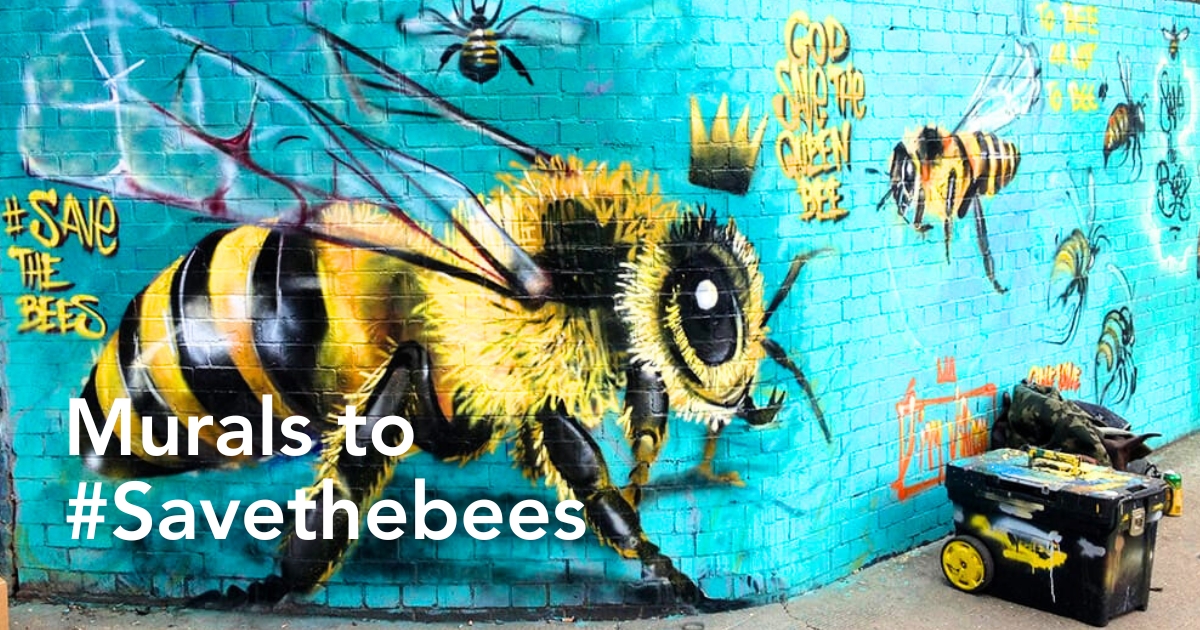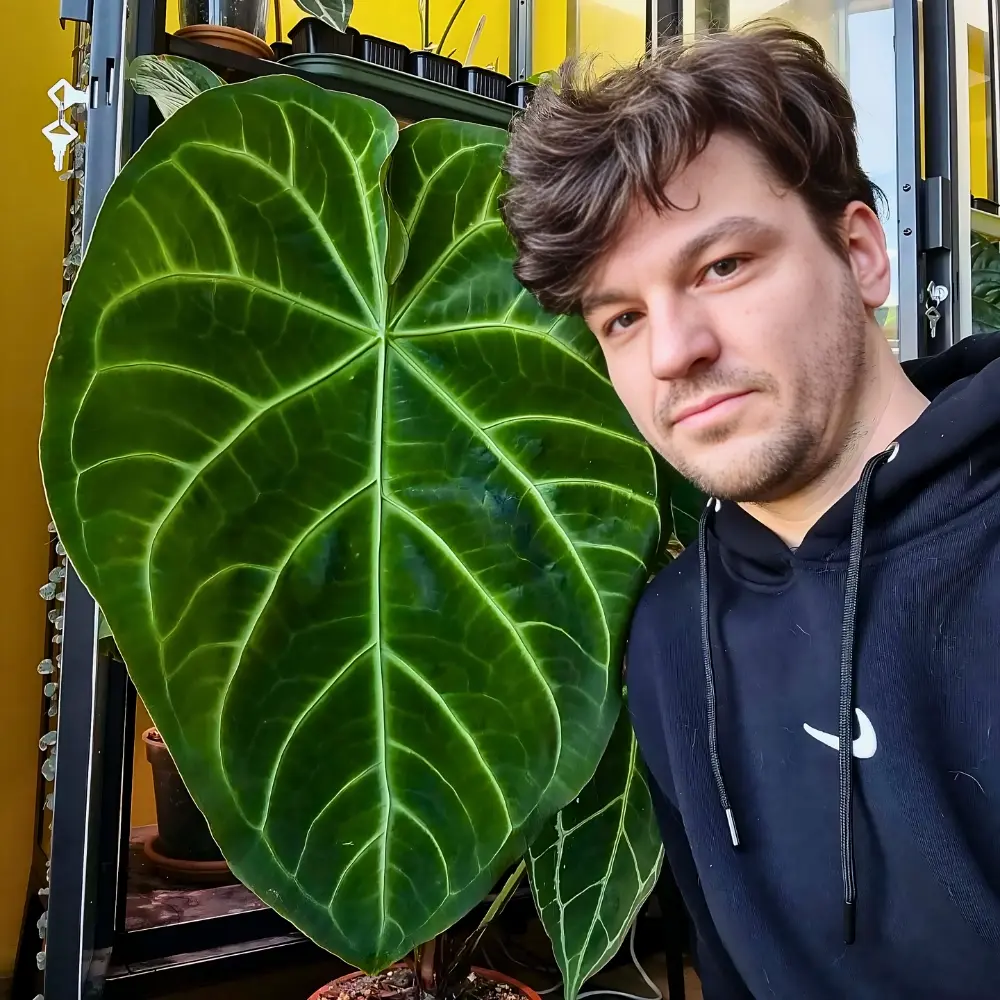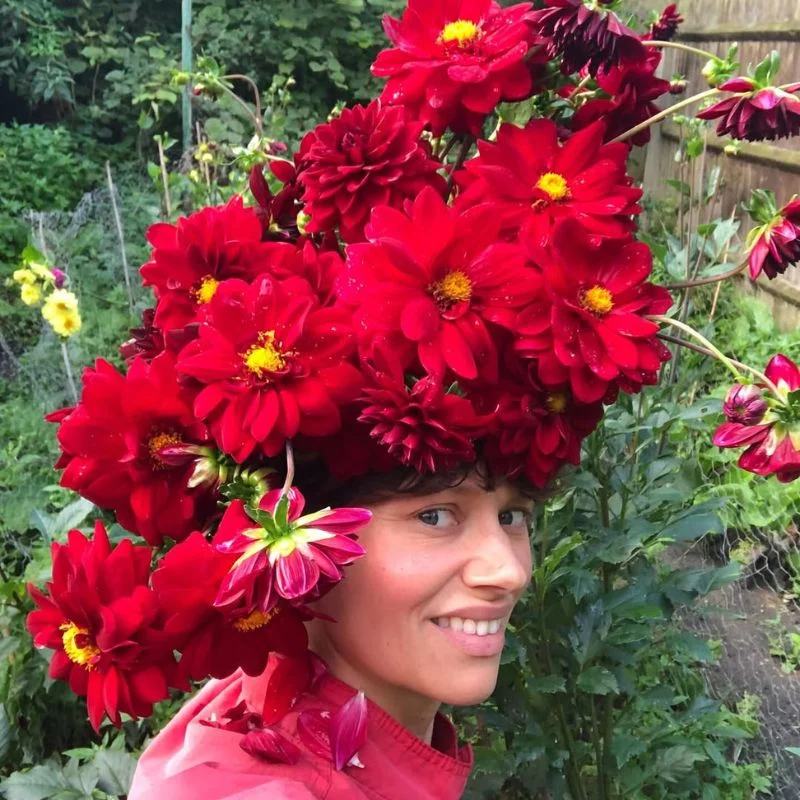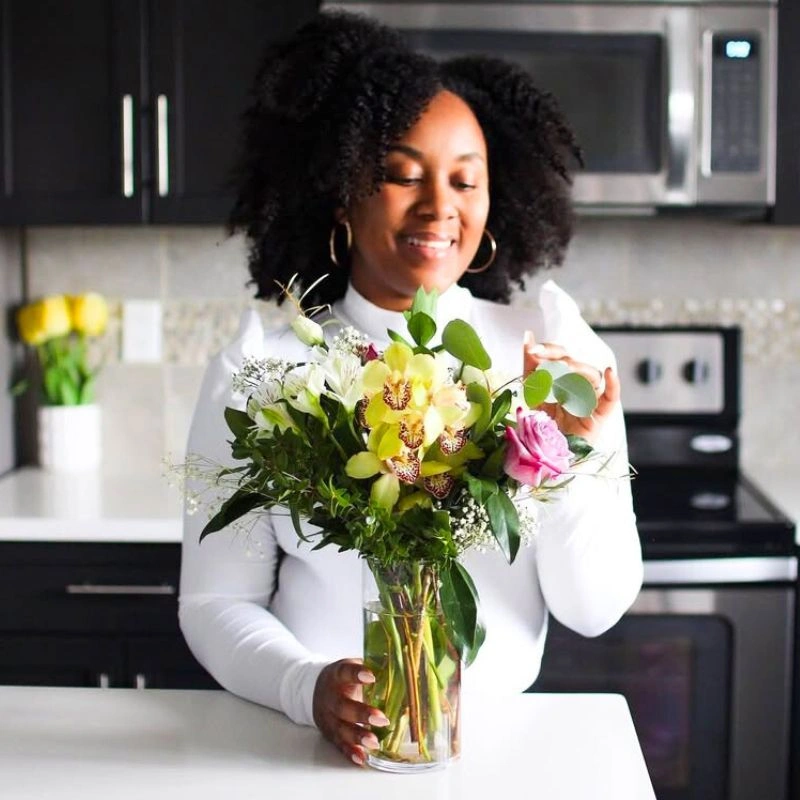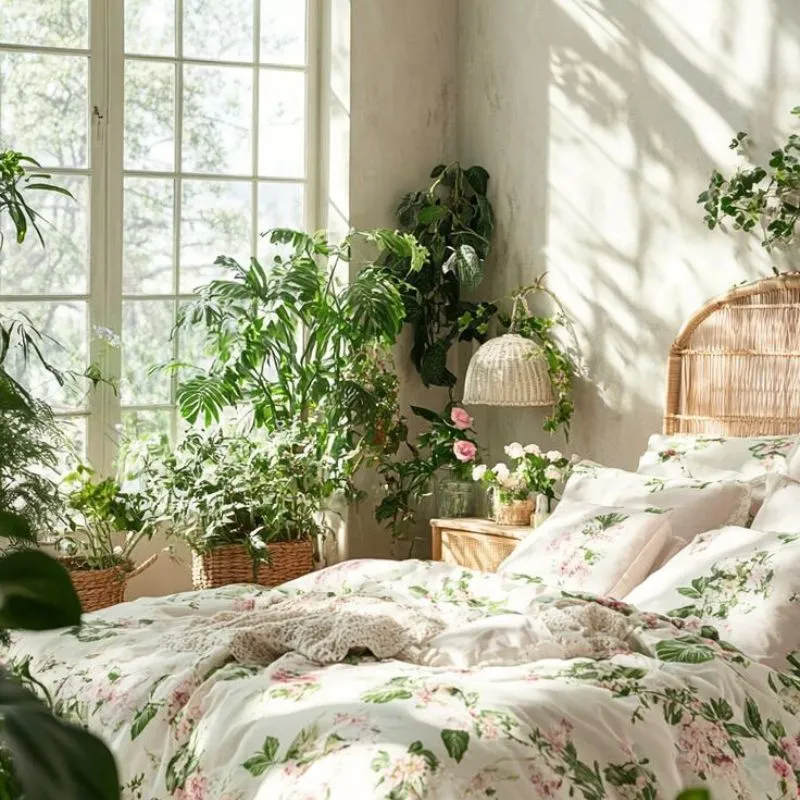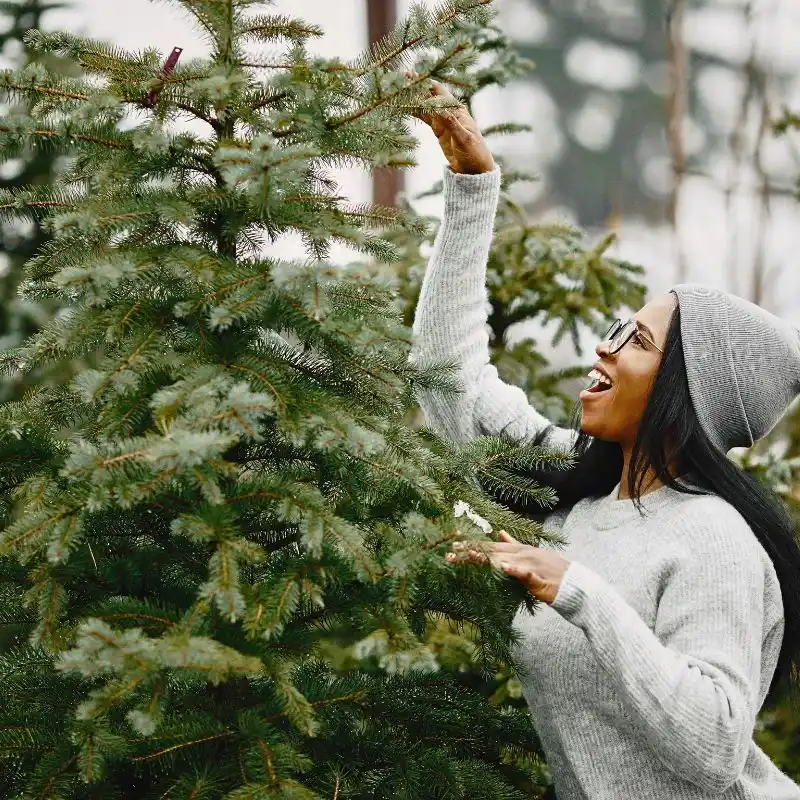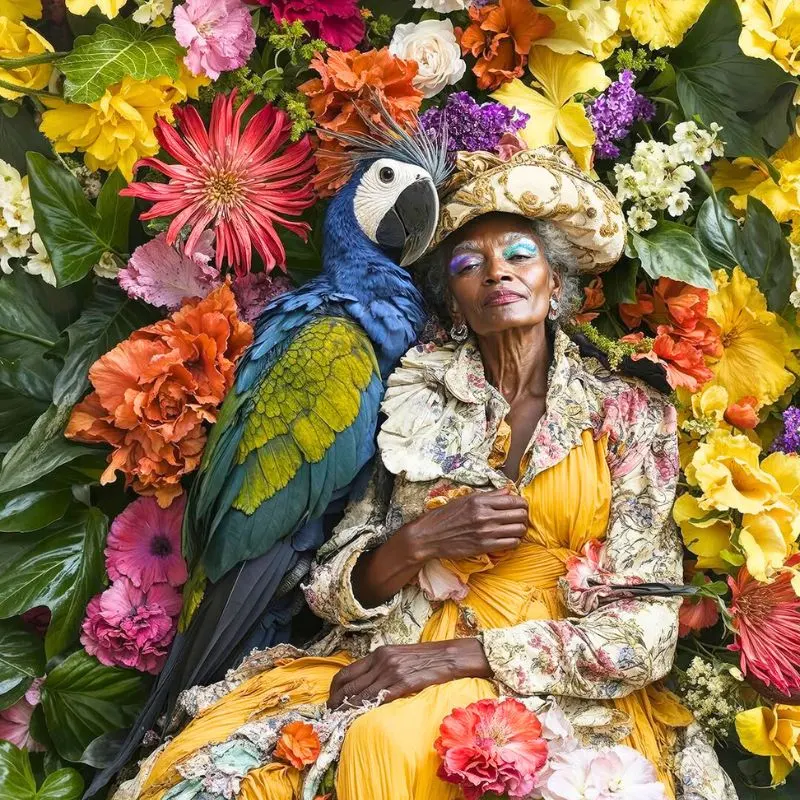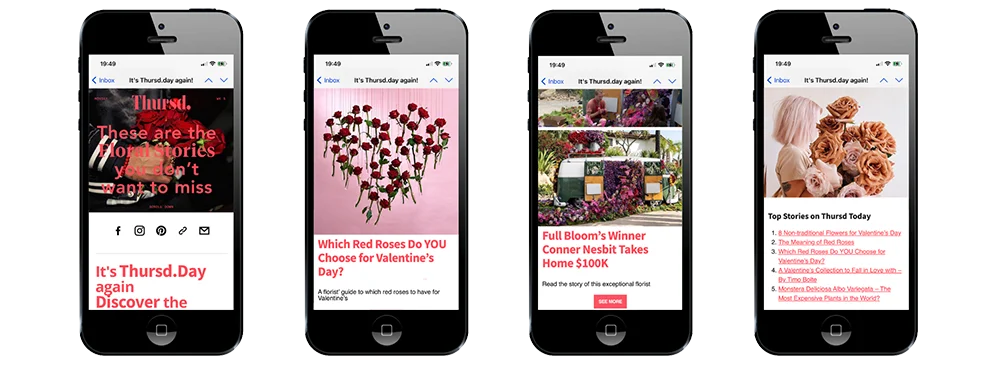In the streets of London and across cities worldwide, massive bees have taken over walls as painted warnings. At the center of this project is British street artist Louis Masai, whose project 'The Art of Beeing' mixes public art and environmental urgency with one clear goal: to raise awareness about the global decline of bee populations and the ecological crisis tied to colony collapse disorder.
Swarms of Bees by Louis Masai Are Painted to Increase Awareness of Colony Collapse Disorder
The project began in 2014, shortly after Masai returned from South Africa, where he had been painting endangered animals. Back in the UK, his attention turned to a species much closer to home — the honey bee. As he dug into the science and scope of colony collapse, he realized that the issue extended far beyond hives. Bees are essential to global agriculture, pollinating roughly one-third of the flowers that exist worldwide, and additionally, the food we eat. Their disappearance is not just a threat to biodiversity, it’s a human crisis.
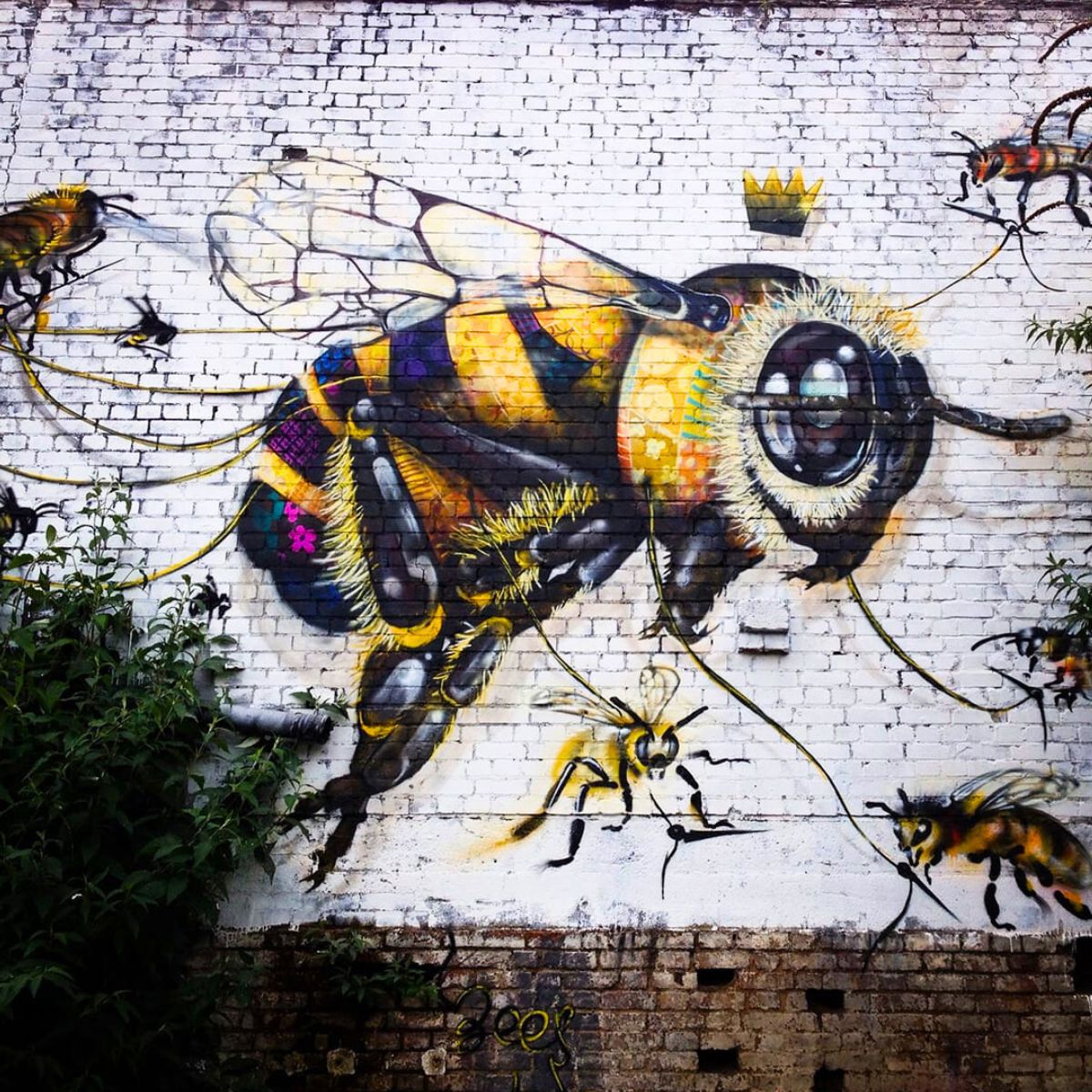
Rather than bring this message to galleries or lecture halls, Louis took it to the walls. He immediately set out to paint a series of murals incorporating bees on walls around London in May of last year, but the endeavor proved wildly popular and has since spread to Bristol, Devon, Glastonbury, Croatia, New York, Miami, and New Orleans. Many of the bee works were done in collaboration with artist Jim Vision, including pieces in Shoreditch, Bethnal Green, and Hackney. But let's rewind and go back to the importance of bees for flowers, and the world.
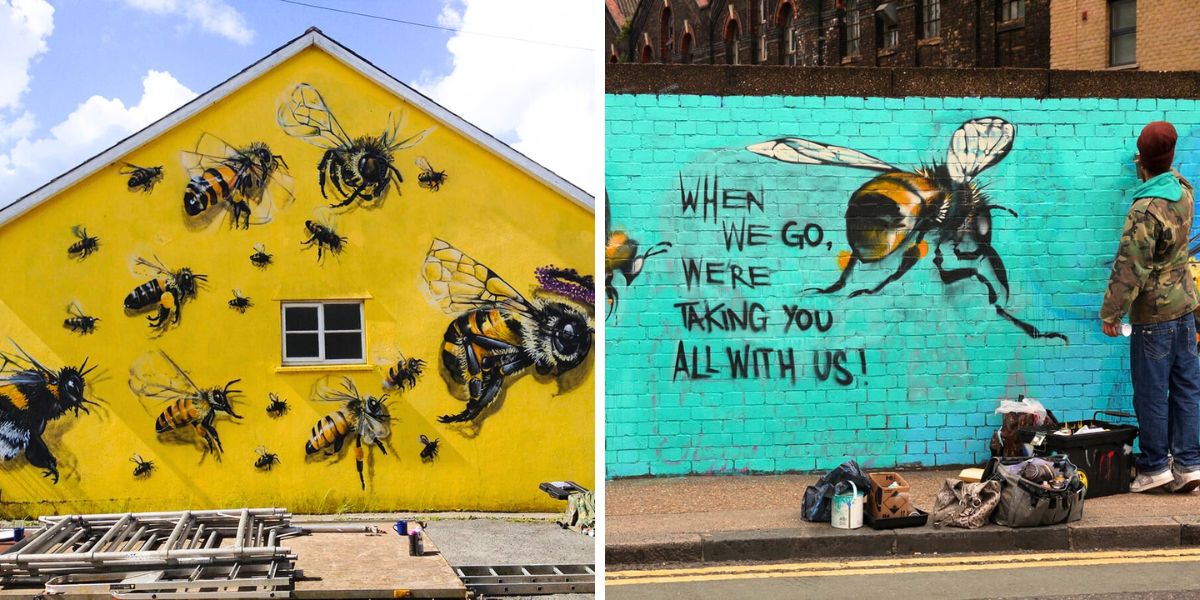
The Role of Bees in Pollination
Bees are pollinators, meaning they help plants reproduce. When a bee visits a flower to collect nectar or pollen, some of the flower’s pollen grains stick to its body. As the bee moves to the next flower, it unintentionally transfers those grains onto the new flower’s stigma (the female part of the plant). This process is called cross-pollination, and it’s essential for many plants to develop seeds, fruit, or more flowers.
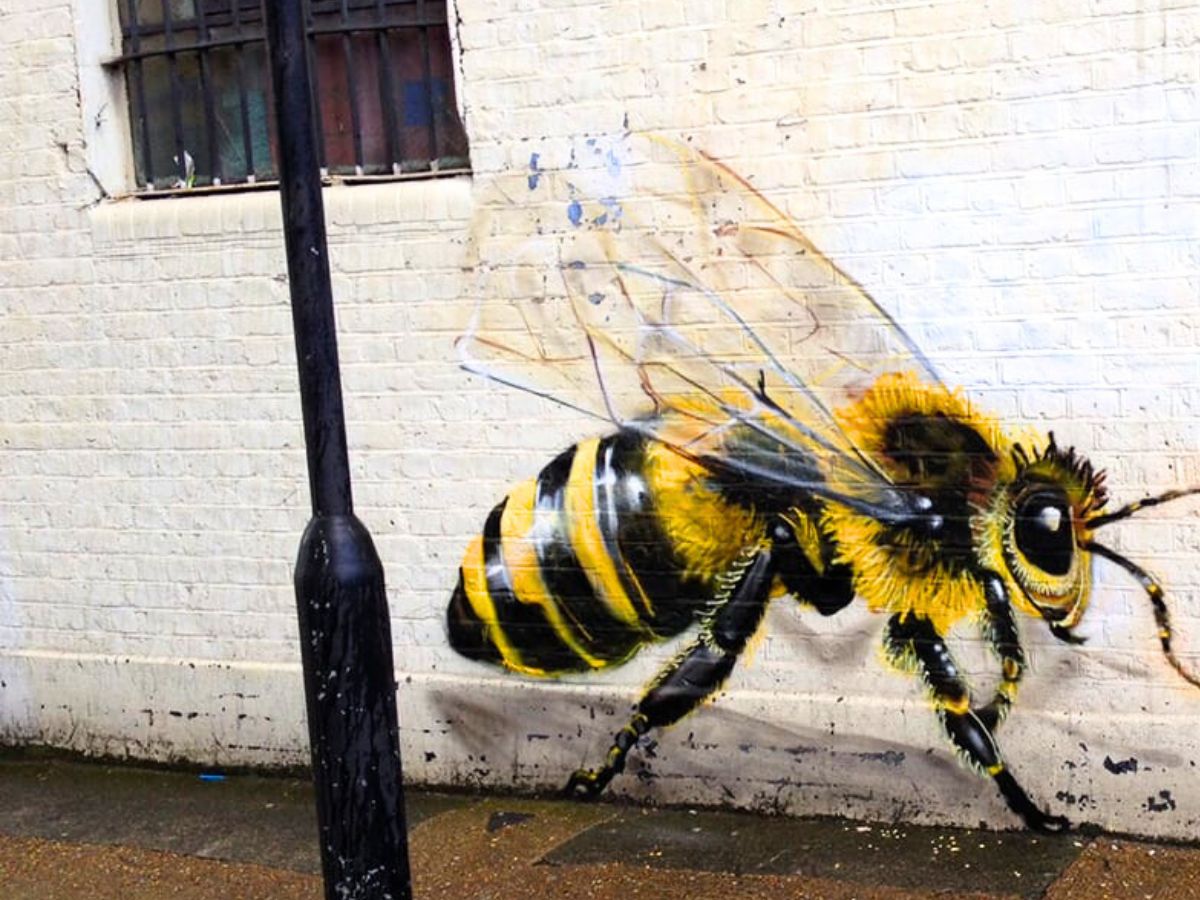
- Bees aren’t just accidental pollinators — they’re built for it.
- Their bodies are fuzzy, which helps pollen stick.
- They tend to focus on one plant species at a time (called “flower constancy”), which increases the success rate of pollination.
- They visit hundreds of flowers a day, covering a lot of ground and maximizing pollination.
Why Pollination Matters for Flowers
For most flowering plants, pollination is the first step in reproduction. Without it, they cannot form seeds or fruit, meaning they have no way to pass on their genetic material or produce future generations. Over time, this limits their ability to spread, adapt, or evolve. As more and more plants fail to reproduce, ecosystems begin to feel the effects. Biodiversity declines, and with it, the stability and health of the environment.
It's important to understand that flowers bloom with a purpose. Their colors, shapes, and scents aren’t just aesthetic — they are carefully evolved signals meant to attract pollinators like bees. Without those visits, many flowering species would not survive.
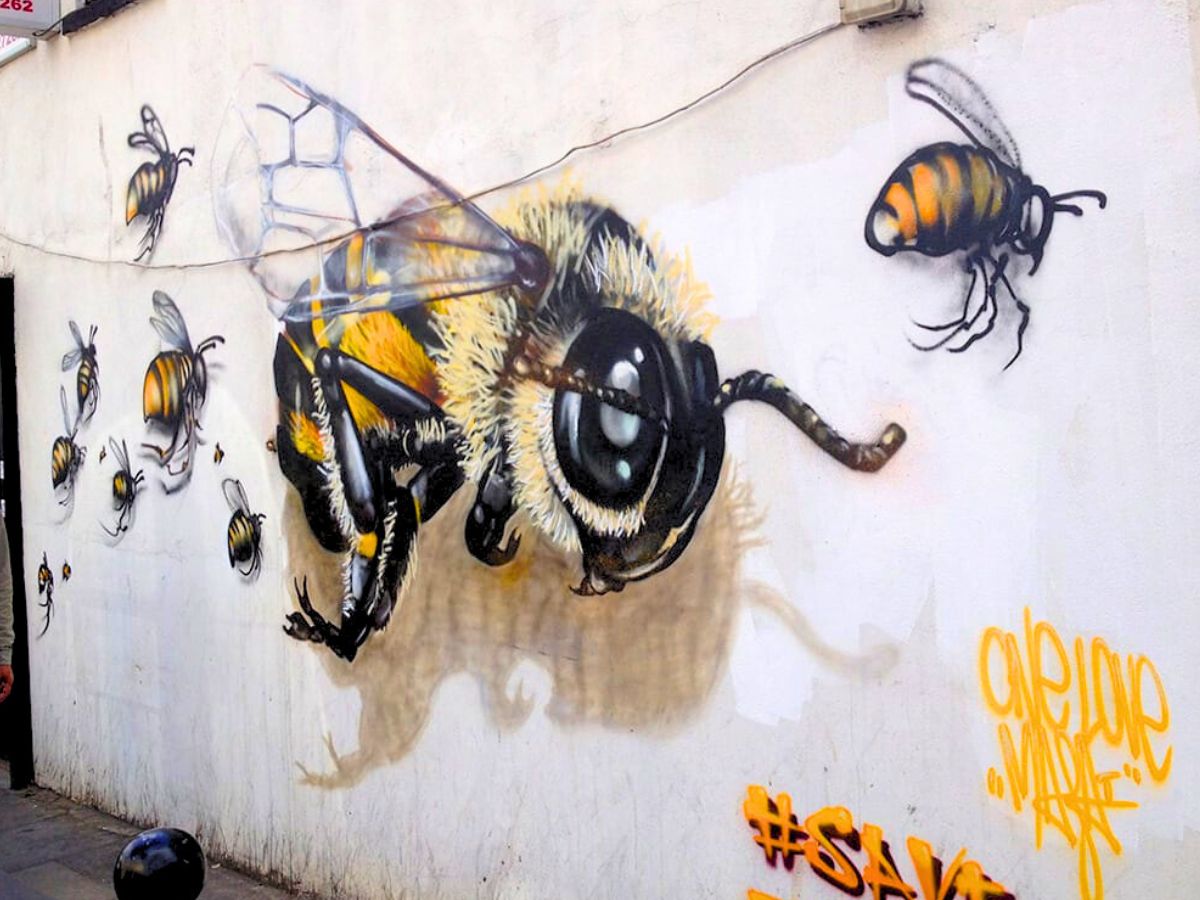
Bees Play a Crucial Role in the Ecosystem
Bees play a critical role in pollinating more than 80% of flowering plant species globally. This includes not only wild plants, which are essential for healthy ecosystems, but also many of the crops that make up the human diet, such as apples, almonds, cucumbers, and blueberries.
Without bees, many flowers would fail to reproduce on a large enough scale to sustain their populations. As plant diversity shrinks, the effects ripple outward. Food chains begin to break down because countless animals — from birds to mammals to other insects — rely on those flowering plants for nourishment, shelter, and habitat.
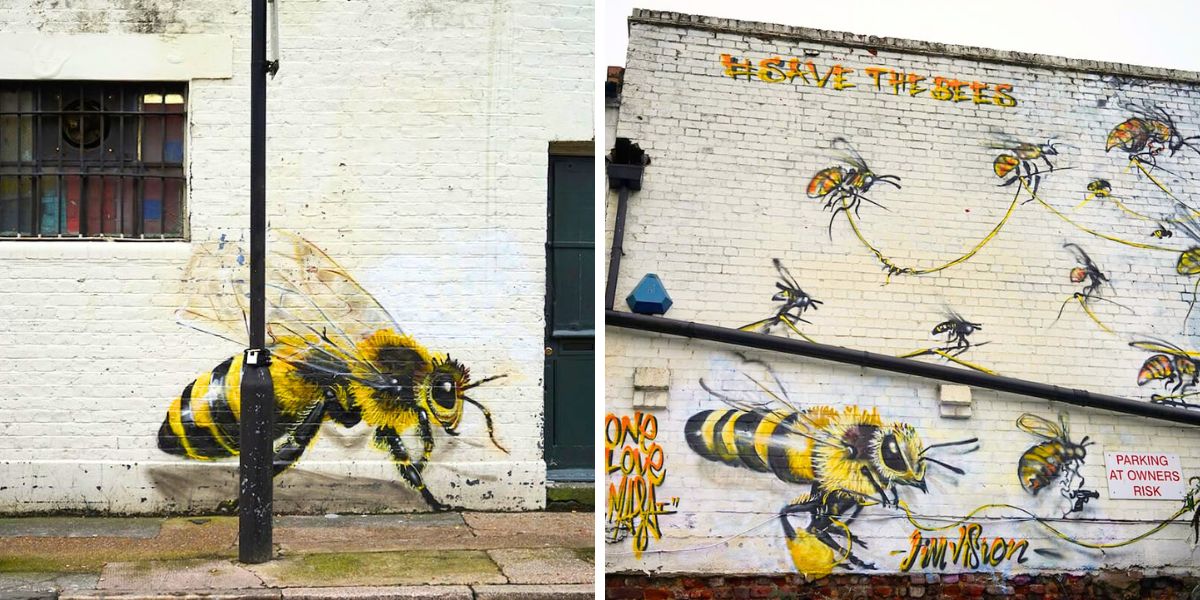
The relationship is simple but vital: fewer bees mean fewer flowers, less food, and less ecological balance. Bees may be small, but their role in keeping ecosystems alive is massive.
Artist Louis Masai has made sure the importance of these tiny insects is CLEAR and why, as a world, we need to keep them safe and take care of them. To see more of his works and mural art, head to Louis' Instagram.
Photos by @louismasaimichel.

